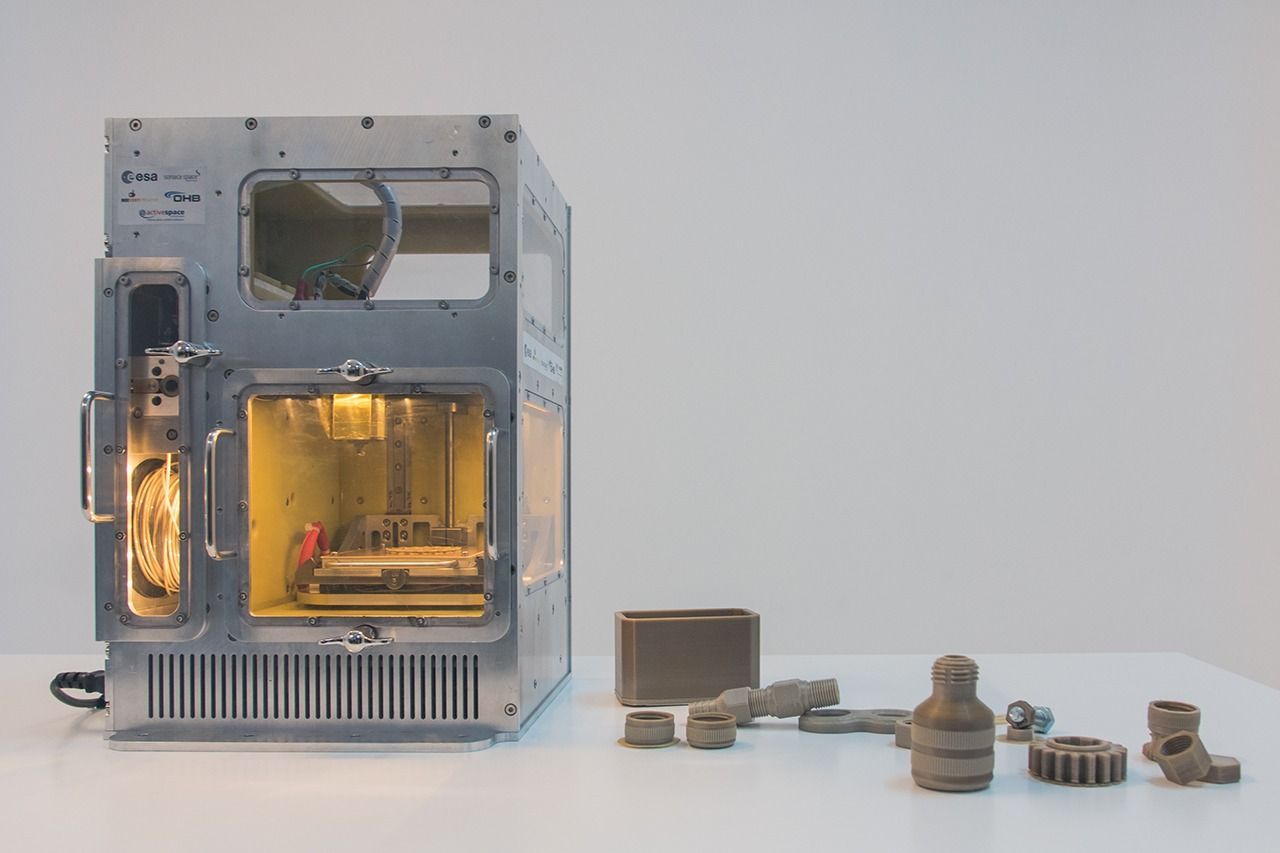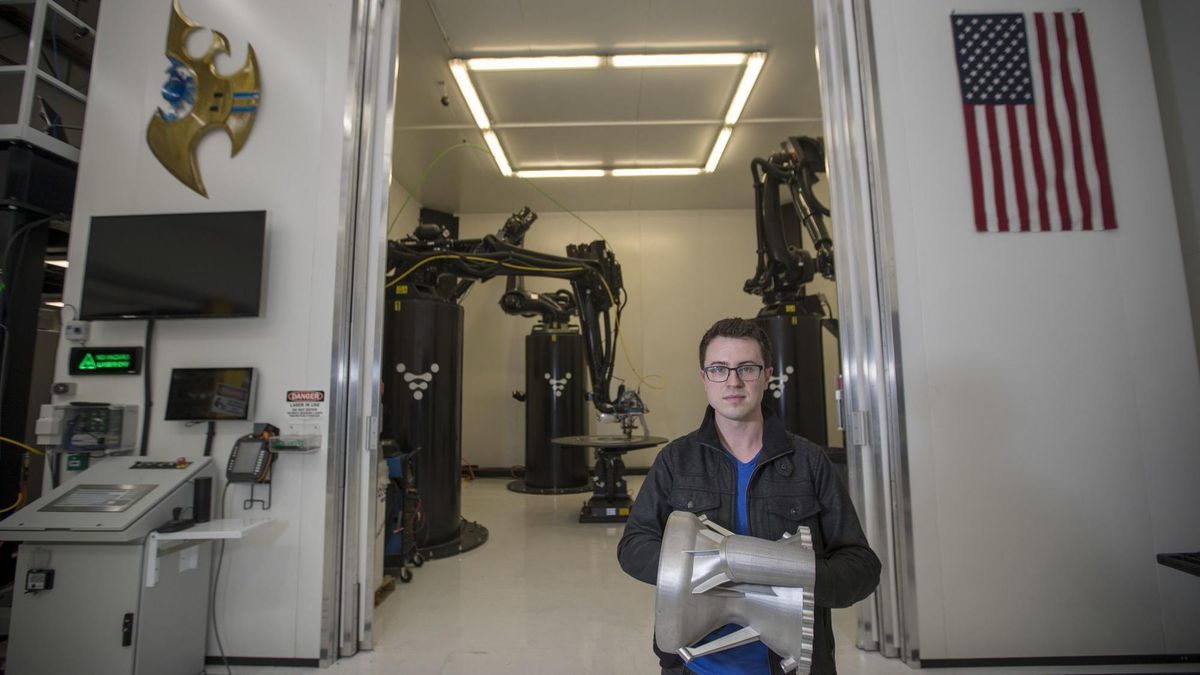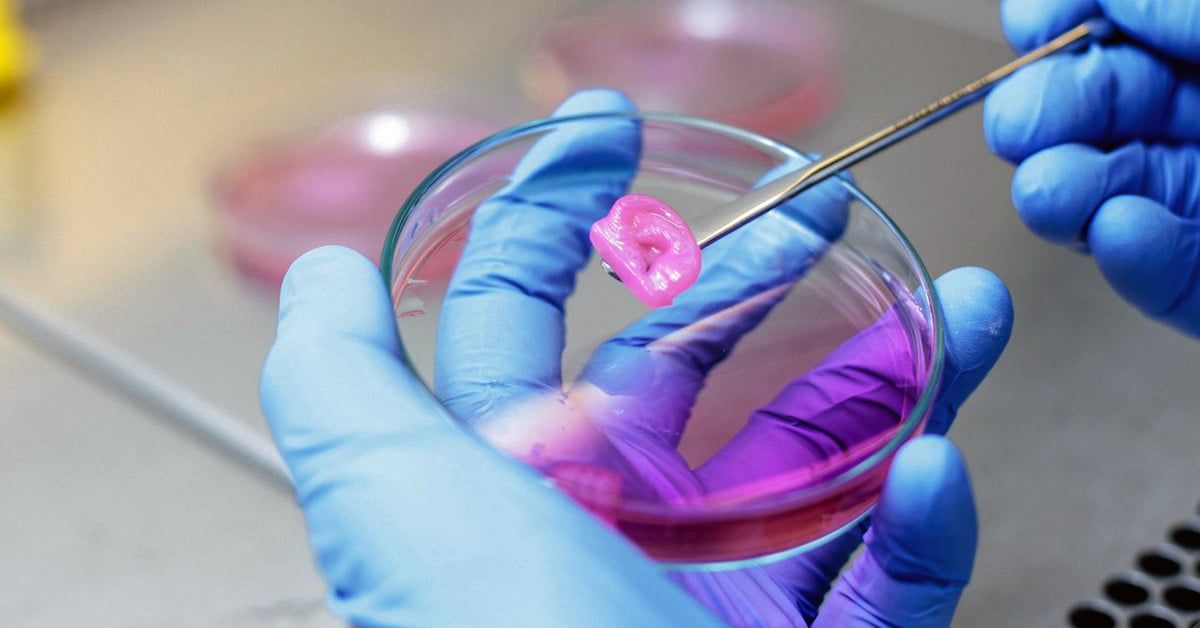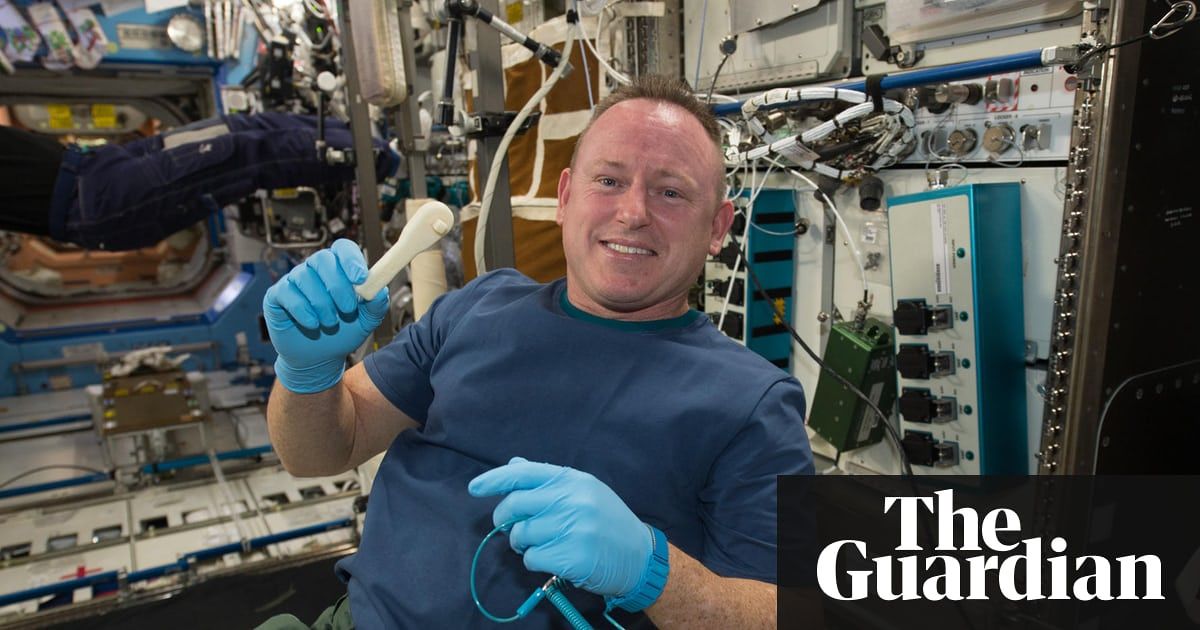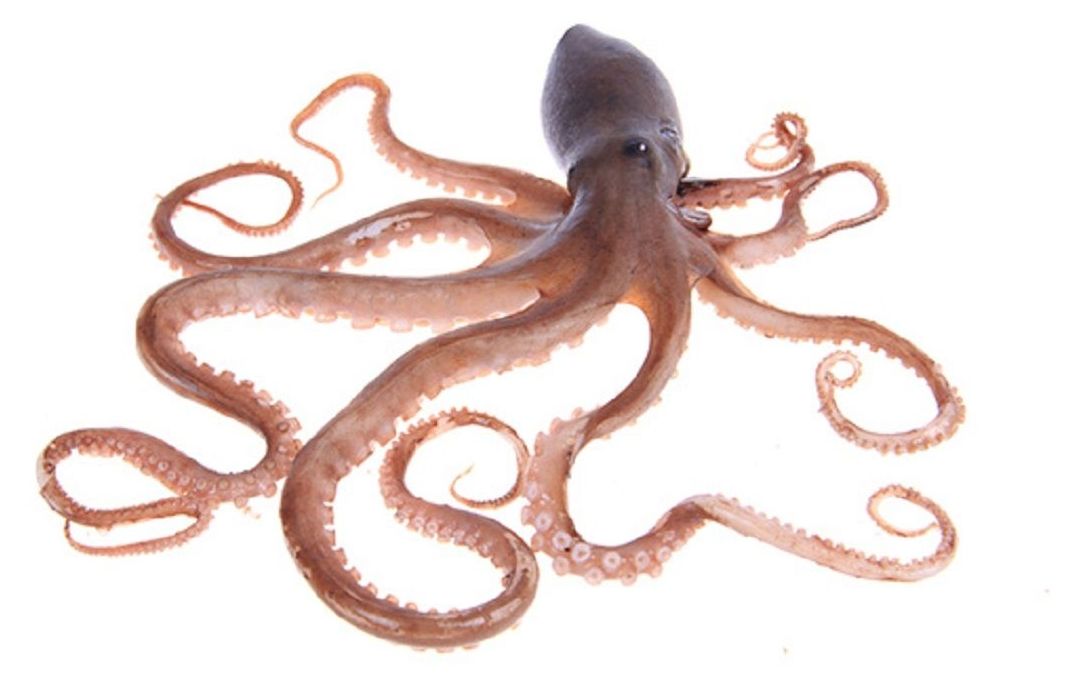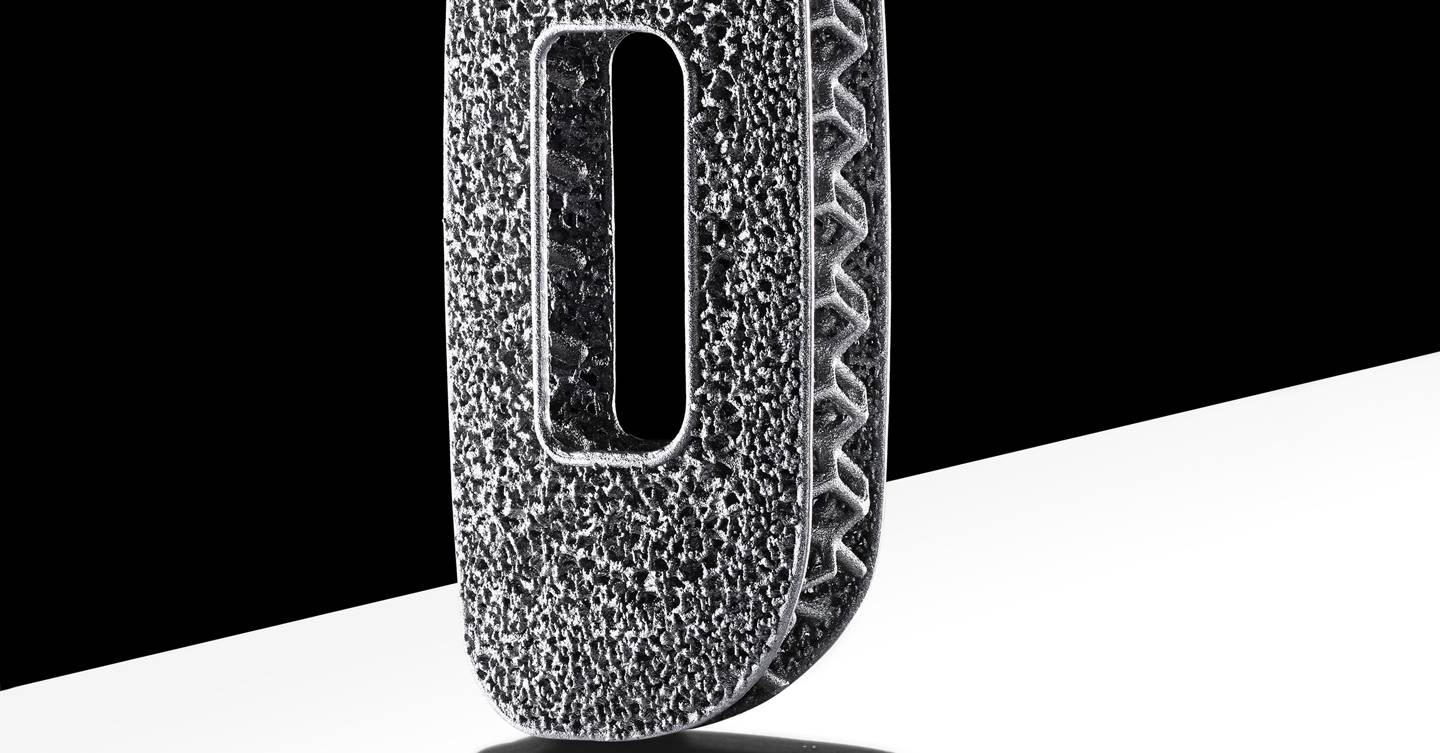After two years in development, Project MELT (Manufacturing of Experimental Layer Technology) has resurfaced with a prototype microgravity 3D printer.
Made for the European Space Agency (ESA) the Additive Layer Manufacturing (ALM) breadboard machine is designed to 3D print high performance polymers aboard the International Space Station (ISS) and other off-world locations.
